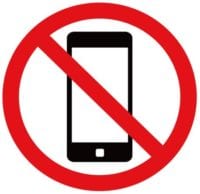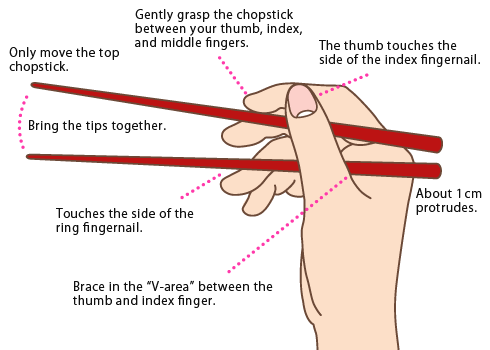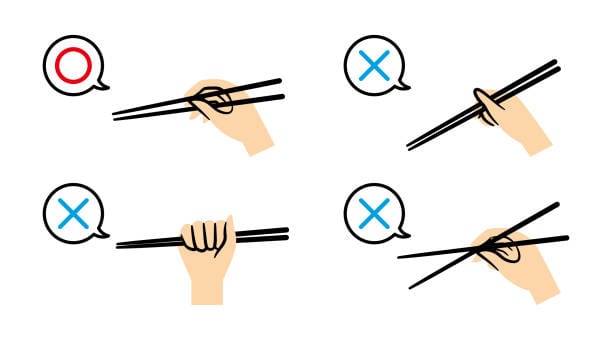You are wondering what the important etiquettes in Japan are. Here are the top 5 etiquettes we chose which help you enjoy your Japan trip more!
1. Take your shoes off indoors

A lot of rules regarding indoor manners in Japan are related to footwear. A clear line is traditionally drawn between inside and outside, and outdoor shoes and indoor slippers are handled accordingly. These rules not only apply to most Japanese homes, but also to many traditional ryokan, some restaurants and the indoor sections of many temples, castles and other historic buildings. Your shoes should be left on the shelves at the entrance or take them with you in a plastic bag provided at some temples.
For footwear purposes, the border between inside and outside is not the door itself, but the entrance area called “genkan“. The genkan is typically divided into a lower area, where people take off and put on their shoes, and an elevated area that is usually covered by a different type of flooring and marks the beginning of the indoor living space. Don’t step onto the elevated area with your outdoor shoes. Likewise, when removing your shoes, avoid stepping onto the genkan’s lower area in your socks (without your shoes). Under your shoes, it is polite to wear socks or stockings instead of bare feet. It is a good idea to bring a clean pair of socks for indoor purposes in your bag if you are bare feet. Socks should be clean and free of holes! Lastly, it is considered good manners to turn your shoes to point towards the door after removing them.
2. No talking on mobile phones on public transport

Talking loudly on public transport is considered bad manners and ranks highly amongst Japanese as one of the most annoying behaviors. When on public transport, avoid talking on the phone. Only on long-distance trains talking on the phone is acceptable but only if you move to the decks between carriages. When on public transport, set your phone and all other electronic devices to silent mode as well as lower the volume of your headphones.
3. Chopstick manners

Chopsticks (hashi) are used to eat most kinds of traditional Japanese dishes with some exceptions. Some of the most important rules to remember when dining with chopsticks are:
- Hold your chopsticks towards their end, not in the middle or the front third.
- When you are not using your chopsticks, or have finished eating, lay them down in front of you with the tips pointing to your left.
- Do not stick chopsticks into your food, especially not into rice. This is only done at funerals with rice that is put onto the altar.
- Do not pass food directly from your set of chopsticks to another’s.
- Do not spear food with your chopsticks.
- Do not point with your chopsticks.
- Do not wave your chopsticks around in the air or play with them.
- Do not drag or push plates or bowls around with your chopsticks.
- To separate a piece of food in two, exert controlled pressure on the chopsticks while moving them apart from each other in order to tear the food. This takes some practice. With larger pieces of food, such as tempura, it is also acceptable to pick up the entire piece with your chopsticks and take a bite.
Knives and forks are used for Western food only. Spoons, however, may be used with certain Japanese dishes such as donburi or Japanese style curry rice. A Chinese style ceramic spoon is sometimes used to eat soups.

4. Carrying your garbage when there are no bins
Visitors to Japan will quickly notice that the number of public garbage bins in Japan is very limited, and people are often asked to bring their rubbish home for disposal. Places where public garbage bins can be found include some train stations and convenience stores, while many vending machines have an attached container for PET bottles and cans. You are expected to carry your rubbish with you until you return to your hotel room or home.
5. Queue etiquette
Queueing is a big part of Japanese culture. If you are trying to get into a restaurant, waiting to pay at a register, waiting for your turn in a public toilet, or waiting for a train, bus or taxi, please make sure you check where the back of the queue is and line up accordingly. Cutting into a line is a breach of manners in Japanese culture and is likely to prompt a disgruntled response.
Like in most countries, manners in Japan provide an interesting insight into what its society values – harmony, consideration and cleanliness. As you travel in Japan observing and practicing these manners, we hope you sense an appreciation for these things.
Journey to the East offers a range of most exciting Small Group Tours of Japan and Private Tour Model Itineraries. Please check them out!